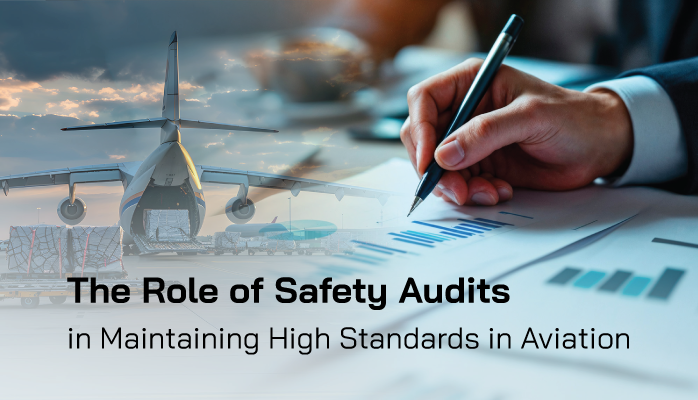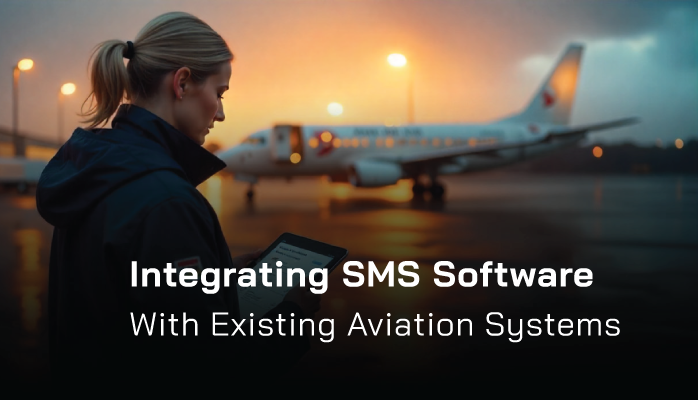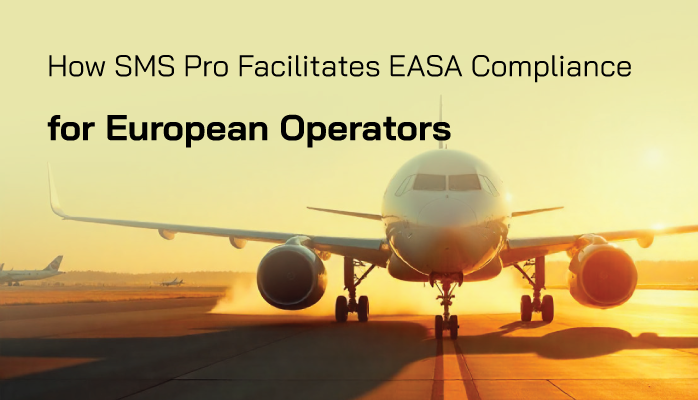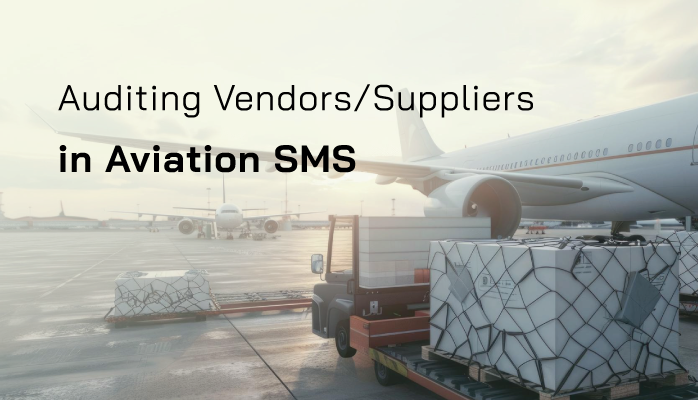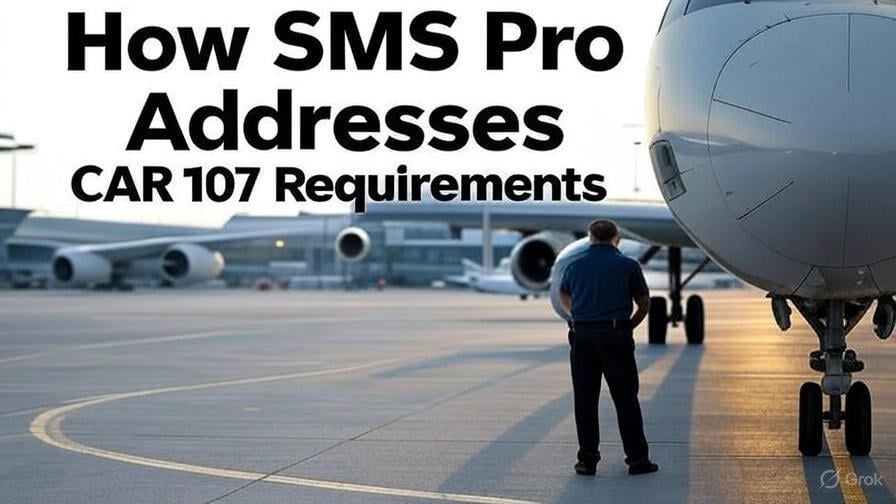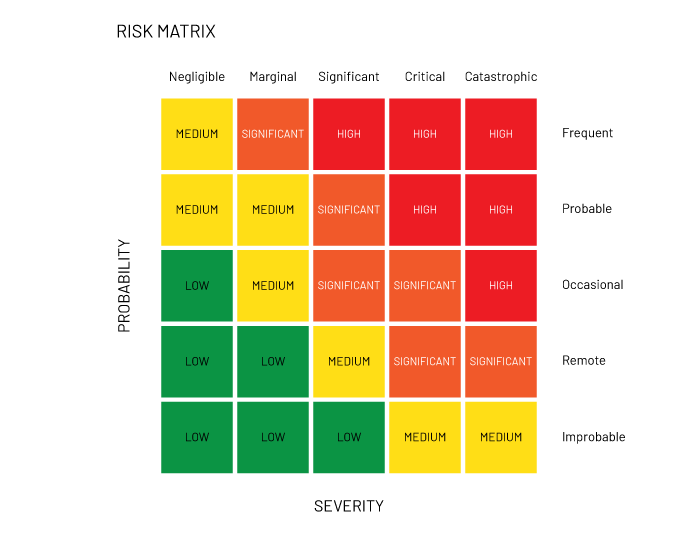Conducting Aviation Safety Audits with SMS Software
Aviation safety audits are critical for ensuring compliance with regulatory standards and maintaining a robust Safety Management System (SMS). With the complexity of modern aviation operations, manual audit processes are often time-consuming and prone to errors. This is where SMS software, like SMS Pro, transforms the process by automating scheduling, execution, and reporting, ensuring alignment with standards set by the International Civil Aviation Organization (ICAO), European Union Aviation Safety Agency (EASA), and Federal Aviation Administration (FAA).
Read More
Topics:
Aviation SMS Database,
3-Safety Assurance,
Risk Management Software,
Quality-Safety Management
Aviation SMS Software Buyer’s Guide
Selecting the right Safety Management System (SMS) software is critical for aviation organizations aiming to meet regulatory requirements, enhance safety, and streamline operations. With the aviation industry’s increasing focus on proactive risk management, as mandated by the International Civil Aviation Organization (ICAO) and the Federal Aviation Administration (FAA), choosing the best SMS software can make or break your safety program. This comprehensive SMS Pro buyer’s guide outlines key criteria, compares top solutions, and explains why SMS Pro stands out as the ideal choice for airlines, airports, MROs, UAS and flight schools.
Read More
Topics:
Aviation SMS Database,
Risk Management Software,
Risk Management Training,
Quality-Safety Management
Integrating SMS Software With Existing Systems
Effective safety management is the backbone of aviation operations. With the rise of digital tools, integrating a Safety Management System (SMS) software like SMS Pro with existing aviation systems—such as flight operations,
Read More
Topics:
Aviation SMS Implementation,
Aviation SMS Database,
3-Safety Assurance,
Risk Management Software,
Quality-Safety Management
Aviation Needs Specialization
From airlines to maintenance, repair, and overhaul (MRO) organizations, adhering to rigorous safety standards is critical. This is where Safety Management Systems (SMS) come into play, mandated by the International Civil Aviation Organization (ICAO) and regulators like the FAA and EASA.
Read More
Topics:
Aviation SMS Database,
Risk Management Software,
Risk Management Training,
Quality-Safety Management
Navigating EASA Compliance in European Aviation
European operators face stringent safety requirements under the European Union Aviation Safety Agency (EASA), which mandates a robust Aviation Safety Management System to align with ICAO Annex 19.
Read More
Topics:
Aviation SMS Database,
Quality-Safety Management
Why Aviation SMS Matters
In aviation, safety is the foundation of operational success. A robust Safety Management System (SMS) enables organizations to identify risks, comply with global regulations, and maintain efficiency under pressure.
Read More
Topics:
Aviation SMS Database,
Risk Management Software,
Quality-Safety Management
As a new aviation safety manager, stepping into the complex world of Safety Management Systems (SMS) can feel like navigating a turbulent sky. The Federal Aviation Administration (FAA), European Union Aviation Safety Agency (EASA), and International Civil Aviation Organization (ICAO) set stringent standards to ensure safety, and leveraging advanced data mining strategies is critical to meeting these requirements while proactively managing risks.
Read More
Topics:
Key Performance Indicators,
Aviation SMS Database,
3-Safety Assurance,
Risk Management Software,
Quality-Safety Management
Auditing Vendors/Suppliers
Aviation operations worldwide depend on vendors for critical services, from aircraft maintenance in global hubs to fueling in remote airstrips, making their alignment with Safety Management Systems (SMS) through auditing a cornerstone of safety.
Vendor audits systematically evaluate suppliers’ safety practices, ensuring they meet SMS standards and mitigate risks that could lead to incidents. For aviation safety managers, auditing vendors is not just a regulatory requirement but a strategic tool to foster a unified safety culture across diverse operations.
Read More
Topics:
3-Safety Assurance,
Quality-Safety Management
Addressing CAR 107 Requirements
Below is a detailed description of how SMS Pro (asms-pro.com), a web-based aviation Safety Management System (SMS) software, addresses the Canadian Aviation Regulations (CAR) 107 requirements for aviation service providers. Each CAR 107 requirement is mapped to SMS Pro’s capabilities, with specific modules identified where applicable, based on information from the SMS Pro website and related sources. The response also notes any potential limitations where SMS Pro may not fully address a requirement.
Read More
Topics:
Key Performance Indicators,
Aviation SMS Database,
4-Safety Promotion,
3-Safety Assurance,
1-Safety Policy,
2-Safety Risk Management,
Quality-Safety Management
In aviation safety risk management, the risk matrix is a critical tool for assessing and prioritizing hazards, enabling organizations to maintain a robust Safety Management System (SMS). For U.S.-based aviation operators, ensuring that the risk matrix aligns with the Federal Aviation Administration’s (FAA) risk assessment requirements, as outlined in 14 CFR Part 5 and associated guidance, is essential for regulatory compliance and effective safety management.
A compliant risk matrix not only satisfies FAA audits but also enhances decision-making and fosters a proactive safety culture.
Read More
Topics:
Aviation SMS Implementation,
2-Safety Risk Management,
Quality-Safety Management
